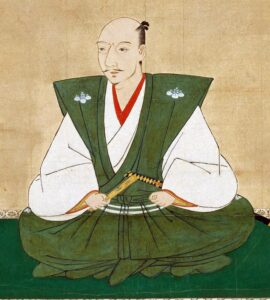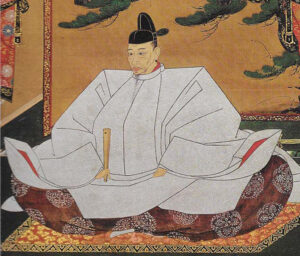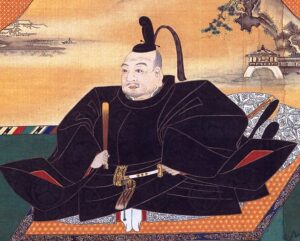Throughout Japanese history, the Sengoku period remains the most popular era.
Taiga dramas featuring this time period are aired roughly every two to three years, consistently achieving high viewership ratings.
Of course, it is also my favorite era.
In these dramas, Oda Nobunaga and Toyotomi Hideyoshi often declare:
“We will end this era of turmoil and create a peaceful world without war.”
However, this is completely incorrect.
Why?
Because after unifying the nation, Nobunaga envisioned forming a grand fleet to invade the Chinese continent.
It was Akechi Mitsuhide who thwarted this plan through the Honnō-ji Incident.
Later, Hideyoshi, who seized power after Nobunaga’s death, inherited this ambition and launched the Korean Invasions to achieve what Nobunaga could not.
Had Hideyoshi not died, the invasion of the continent would have continued even further.
Clearly, neither Nobunaga nor Hideyoshi desired a “peaceful world without war.”
Then what about Tokugawa Ieyasu, who built a peaceful nation that lasted for 260 years?
Did he learn from Nobunaga and Hideyoshi’s failures and decide to establish a world without war?
That is also incorrect.
Why?
Because from his youth, Ieyasu upheld the slogan:
“Onri Edo, Gongu Jōdo” (Detachment from the impure land, seeking the pure land)
This peaceful ideology guided him even through battles.
Akechi Mitsuhide, too, expressed his longing for peace through the poetry of Atago Hyakunin Isshu:
“Toki wa ima, ame ga shita naru satsuki kana” (Haiku)
“Kuniguni wa nao nodoka naru toki” (Final verse, written by his son, Mitsuyoshi)
Oda Nobunaga and Toyotomi Hideyoshi envisioned endless warfare.
Tokugawa Ieyasu and Akechi Mitsuhide were determined to bring an end to war.
This contrast is the defining difference between these four historical figures.
Oda Nobunaga

Akechi Mitsuhide

Toyotomi Hideyoshi

Tokugawa Ieyasu
